 Please join the Knoxville yoga community as we honor the memory of our dear friend and mentor, Betty Kalister, with a free yoga class on the lawn of the World’s Fair Park, Saturday, August 29th at 9:30AM. Arrive a few minutes early to set up and mingle with your fellow yogis. ALL levels of experience are welcome! Bring a mat and your water bottle. #namastebetty
Please join the Knoxville yoga community as we honor the memory of our dear friend and mentor, Betty Kalister, with a free yoga class on the lawn of the World’s Fair Park, Saturday, August 29th at 9:30AM. Arrive a few minutes early to set up and mingle with your fellow yogis. ALL levels of experience are welcome! Bring a mat and your water bottle. #namastebetty

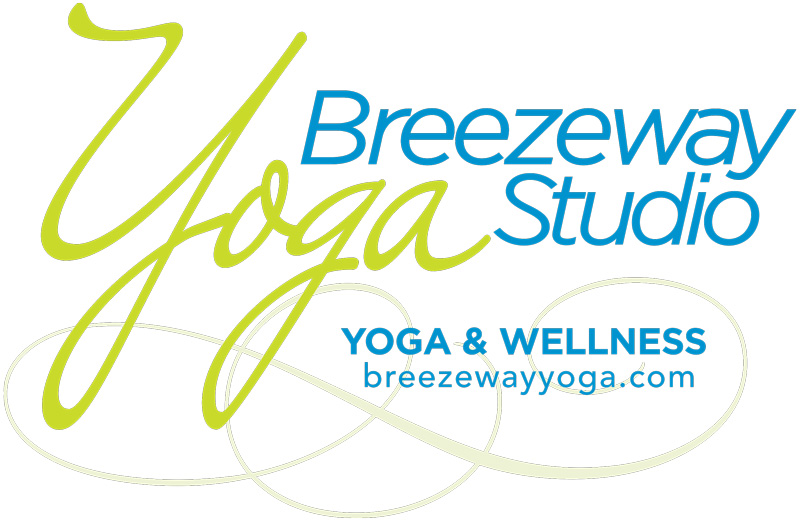
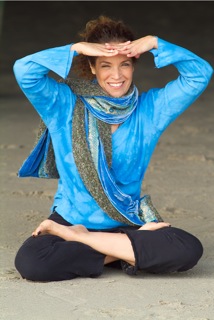
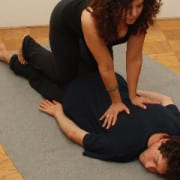
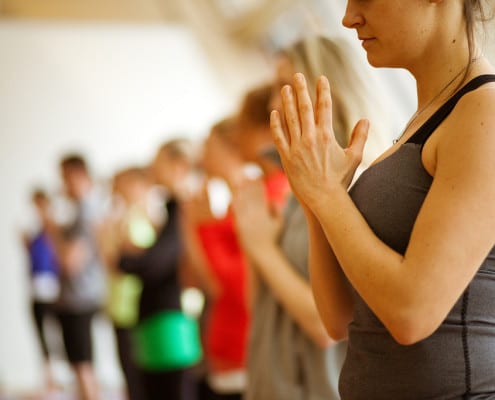
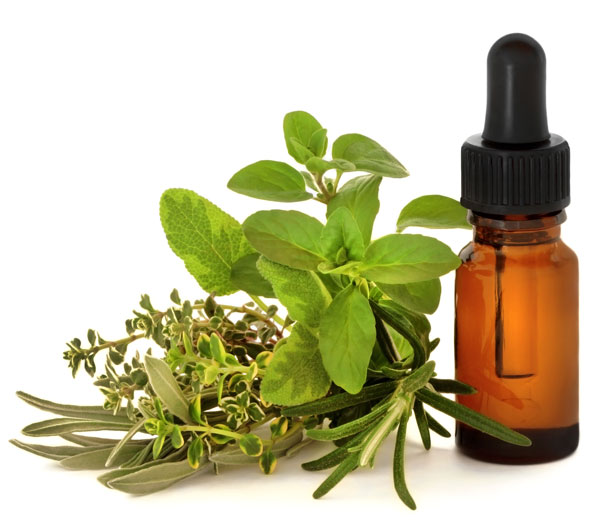
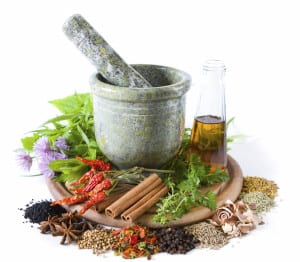




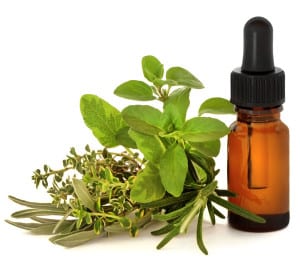


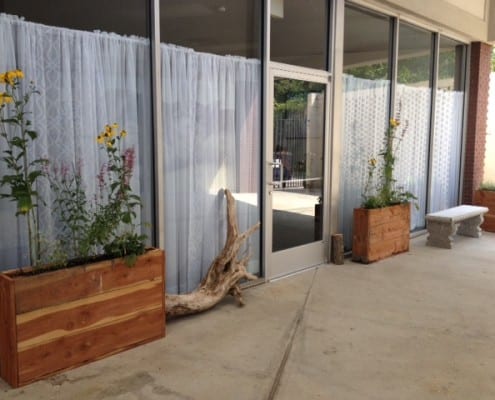 The planters are planted, the draperies are hung, the flowers are blowing lightly in the breezeway. Isn’t our entrance inviting?
The planters are planted, the draperies are hung, the flowers are blowing lightly in the breezeway. Isn’t our entrance inviting?